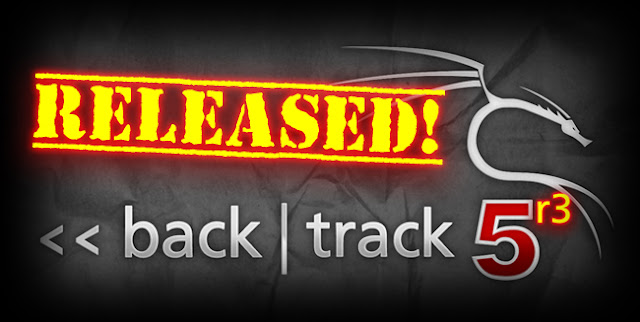

Reinstall Windows Boot loader in the MBR: After the last step, boot into Windows 7 and reinstall its boot loader in the MBR.Į. But this is only temporary, because in the next step, you will be wiping GRUB from the MBR.ĭ. When this step is completed, you will have GRUB in two locations – in the MBR, and in the root partition. Install GRUB in BackTrack’s Root Partition: After the last step, this step calls for installing GRUB in BackTrack’s root partition. The first will be mounted at /, and the second for Swap, with GRUB installed in the MBR.Ĭ. By default, BackTrack’s installer creates two partitions. You will be using one of the installer’s automated partitioning modes to create partitions and install the system. You may download an installation image from here. The GNOME version was used for this tutorial, but it does not really matter which version you use. Install BackTrack 5 R3: There is a GNOME and a KDE version of BackTrack 5. Because this step of the installation process for the system used for this tutorial was done on real hardware, there are no images for show for this step.ī. If you decide to reinstall, you may optionally set aside the disk space that will be used for BackTrack 5.

Install Windows 7: If you have an existing installation of Windows 7, then you do not have to reinstall. It’s a very simple method that does not require manual disk setup for BackTrack 5. In this article, you’ll see how to install GRUB in the root partition using a backdoor method.

If you’ve ever attempted to dual-boot BackTrack 5 and Windows by installing the former on partitions that you created manually, you know that the installer will not allow you to install GRUB in the boot partition or any of the partitions used for BackTrack 5. If you don’t, guide to disks and disk partitions in Linux is a highly recommended read. That requires creating partitions manually, which is not a difficult task, if you have some knowledge of disk partitioning in Linux. However, doing that overwrites the Windows boot loader, so the recommended location for GRUB when dual-booting with Windows, is the boot or root partition of the Linux installation. By default, the Linux distribution’s installer will want to install it in the HDD’s Master boot Record (MBR). When attempting to dual-boot a Linux distribution with Windows 7 on a single hard disk drive (HDD), the most important decision you’ll have to make is where to install GRUB, the boot loader on virtually all Linux distributions.

īackTrack is a Linux distribution based on Ubuntu Desktop, but specifically designed and loaded with applications for security and penetration-testing professionals. You may read the previous tutorial’s on this distribution’s category page at. This is the just another tutorial on BackTrack 5 published on this website. You may read all Kali Linux articles and tutorial at. BackTrack Linux is now known as Kali Linux.


 0 kommentar(er)
0 kommentar(er)
